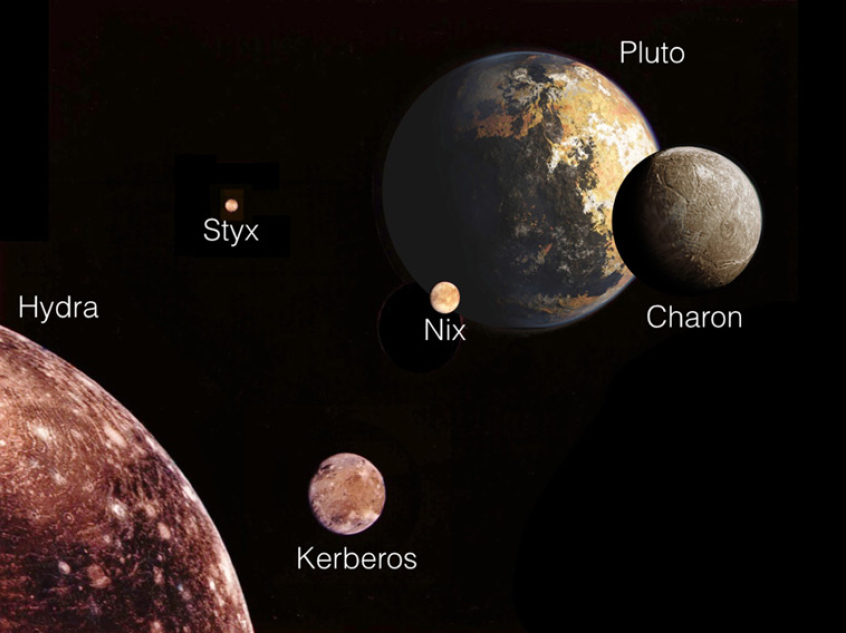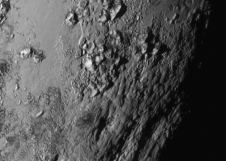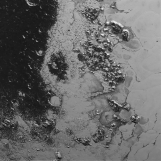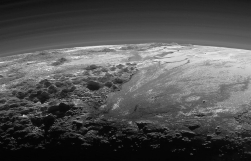
In the solar system, planets revolve around the sun in a totally systematic way, each one with an orbit that prevents them from colliding with another planet, as if they are minding their own business.
But in a stark aberration, Pluto's four smallest moons are going around the dwarf planet in a totally tupsy turvy way, with one spinning backward and another rotating incredibly fast.
Space scientists made this perplexing discovery using new data from the New Horizons mission—the same mission which conducted a successful close flyby of Pluto last July.
Mark Showalter, a co-investigator on the New Horizons mission, said the new findings about Pluto is completely "unprecendented," noting that all other satellite systems they have seen in the past seem to be working in a harmonious way.
"The way I would describe this system is not just chaos, but pandemonium. We honestly have not seen anything like this before, and we still don't know what to make of it," Showalter said at a news conference at the meeting of the Division for Planetary Sciences of the American Astronomical Society, as quoted by The Scientific American.
Pluto's most distant moon, Hydra, was found to be spinning really fast, rotating once every 10 hours during its 38-day cycle around Pluto, or 89 times every orbit.
Pluto's other moons only rotate at a rate of six to 10 times per orbit around Pluto.
"If Hydra were spinning much faster, material would fly off its surface due to the centrifugal force," Showalter said in a statement from NASA.
Pluto's second-closest moon, Nix, is also a whole new level of bizarre. It is titled on its axis by 132 degrees, and is even rotating backward.
NASA space scientists are particularly baffled why Pluto's gravitational pull seem to have little to no effect on its moons, which could have been slowed down by the dwarf planet.
"The question is, why [don't they] slow down? It's not so much why [are they] so fast," Showalter said.
Showalter theorised that Pluto's four moons are spinning in such rapid fashion because they once collided with one another.
"There's clearly something fundamental about the dynamics of the system that we do not understand," the NASA researcher said.

















